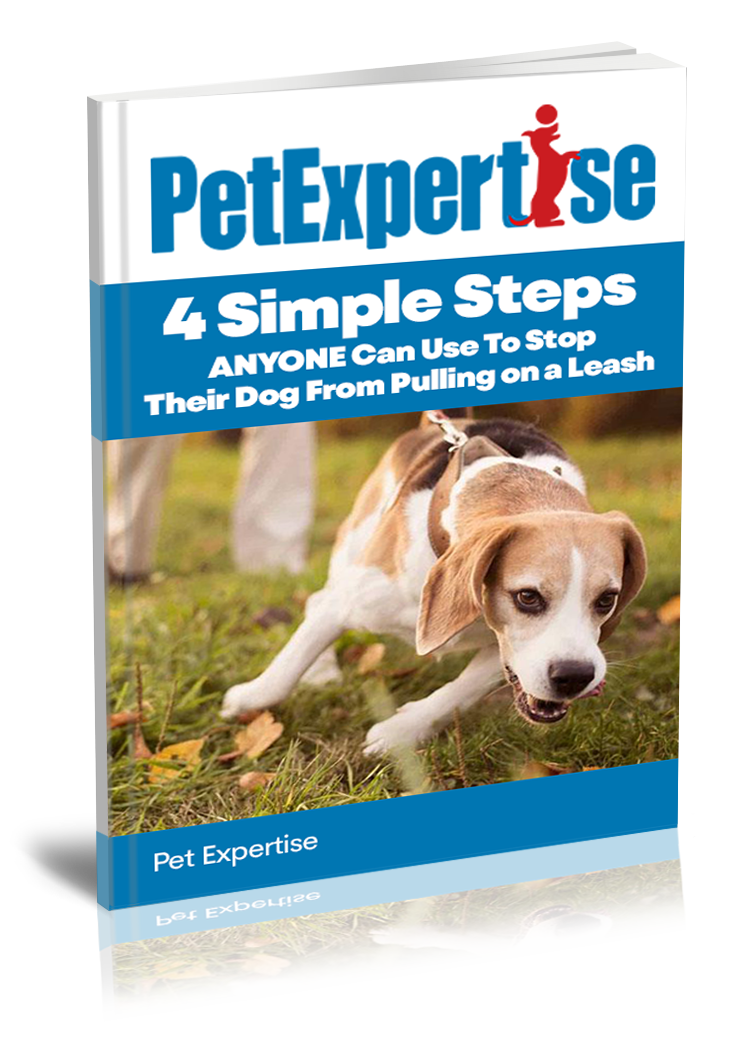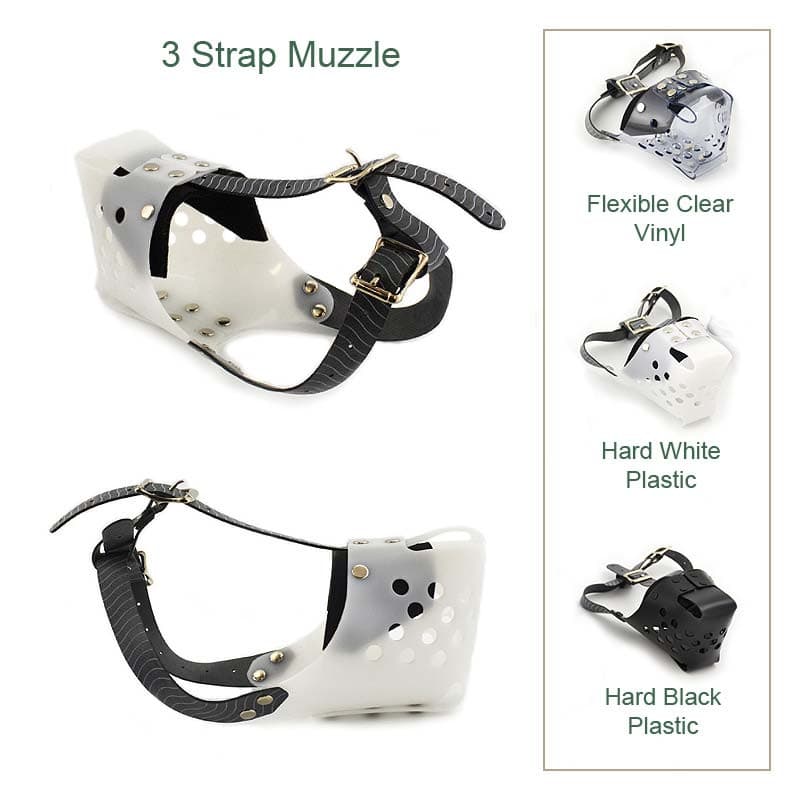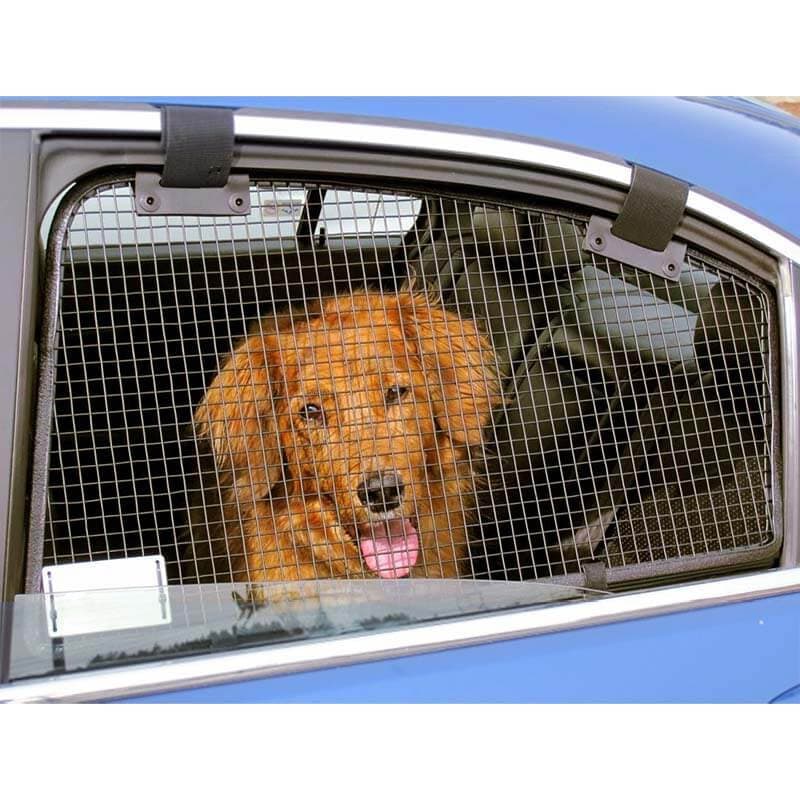How to Introduce Antler Chews Safely to Your Dog

Antler chews have become a go-to choice for many dog owners looking for a natural, long-lasting chew toy. Their durability, nutritional benefits, and ability to keep dogs entertained make them incredibly appealing. But as with any chew product, safety is paramount.
If you’re considering giving your dog an antler for the first time, you may wonder: how to safely give antlers to dogs? This guide will walk you through everything you need to know to ensure a positive and safe experience for your furry friend.
Why Safety Matters When Giving Antler Chews
Antler chews can be a healthy addition to your dog’s routine, but introducing them improperly can lead to risks. Let’s explore both sides.
The Benefits of Antler Chews
Antlers aren’t just a fun chew toy—they also provide:
-
Natural dental cleaning: Gnawing on antlers helps scrape away plaque and tartar.
-
Mental stimulation: Chewing relieves boredom and anxiety in dogs.
-
Nutritional value: Antlers are rich in calcium, phosphorus, and trace minerals.
The Risks of Improper Use
While antlers offer benefits, they also carry risks if not used cautiously:
-
Dental fractures: Antlers are very hard, and aggressive chewing can chip or break teeth.
-
Choking hazards: Splintering antlers may pose a risk of choking or gastrointestinal blockages.
-
Digestive irritation: Swallowed shards can irritate or damage your dog’s digestive tract.
Vet Insights on Antler Safety
Veterinarians often advise caution when introducing antlers. Puppies, senior dogs, or breeds prone to dental issues may not be ideal candidates for antler chews. Always consult your vet before giving an antler, especially if your dog has a history of dental problems or aggressive chewing behaviour.
How to Safely Introduce Antlers to Your Dog
To make antler chewing a safe and rewarding experience for dogs, follow these steps:
Step 1 – Choose the Right Antler Type and Size
Not all antlers are created equal.
-
Split antlers (cut lengthwise) are softer and allow easy access to the marrow, making them safer for beginners or light chewers.
-
Whole antlers are harder and best for experienced, strong chewers.
-
Select an antler large enough that your dog cannot fit it entirely in their mouth or swallow it.
Step 2 – Inspect the Antlers Before Giving It
Before handing over the antlers:
-
Check for cracks or sharp edges that could splinter.
-
Ensure the antlers are fresh—antlers that are overly dry or brittle break more easily.
Step 3 – Supervise Initial Chewing Sessions
When your dog tries an antler for the first time, supervision is critical.
-
Watch for aggressive chewing that could lead to tooth damage.
-
If your dog starts chewing with their back molars, consider removing the antler temporarily to prevent excessive pressure on their teeth.
Step 4 – Limit Chewing Time
Introduce antlers gradually:
-
Start with 5–15 minute sessions to prevent overuse.
-
Gradually increase the duration if your dog chews gently and shows no adverse effects.
Step 5 – Watch for Warning Signs
Pay attention to potential safety issues:
-
Broken teeth: Signs include pawing at the mouth or reluctance to eat.
-
Splinter ingestion: Look for coughing, gagging, vomiting, or signs of pain.
-
If any of these occur, remove the antlers immediately and contact your vet.
Safety Tips for Long-Term Antler Use
Regularly Inspect the Antlers
Check the antlers frequently for:
-
Worn-down size: Replace it if it becomes small enough to swallow.
-
Sharp edges: Smooth them with sandpaper or replace the antlers.
Consider Your Dog’s Chewing Style
Every dog is different:
-
Light chewers can use antlers longer with less risk.
-
Aggressive chewers may need softer alternatives like rubber toys or dental sticks.
Combine Antlers with Other Safe Chew Options
Rotating chews keeps your dog engaged and prevents over-reliance on one type.
Alternatives for Dogs Prone to Dental Issues
If antlers seem too risky, consider:
-
Rubber chew toys: Softer and easier on teeth.
-
Vet-approved dental chews: Designed to clean teeth and freshen breath.
-
Natural rawhide alternatives: Such as collagen sticks (monitor closely for safety).
Final Thoughts – Keeping Your Dog Safe While Chewing
Antler chews can be a fantastic addition to your dog’s enrichment routine—but only if introduced carefully and monitored regularly. Choosing the right size, supervising your dog, and knowing when to take the antlers away are key to avoiding risks.
Always prioritise your dog’s safety and consult your veterinarian if you’re unsure about antler chews for your particular pet.
By following these safety-first tips, you can let your dog enjoy the benefits of antler chewing while keeping their health and happiness at the forefront.
Frequently Asked Questions
Puppies should avoid antlers until their adult teeth are fully developed. The hardness of antlers can damage sensitive puppy teeth.
Split elk antlers are generally softer and less likely to splinter compared to whole deer antlers.
Antlers can last weeks to months, depending on your dog’s chewing habits. Replace them once they become small enough to pose a choking risk.
Elk antlers tend to be larger and softer, making them safer for most dogs than the denser deer antlers.
Contact your veterinarian immediately. Do not attempt to induce vomiting without professional guidance.
- Choosing a selection results in a full page refresh.
- Press the space key then arrow keys to make a selection.



